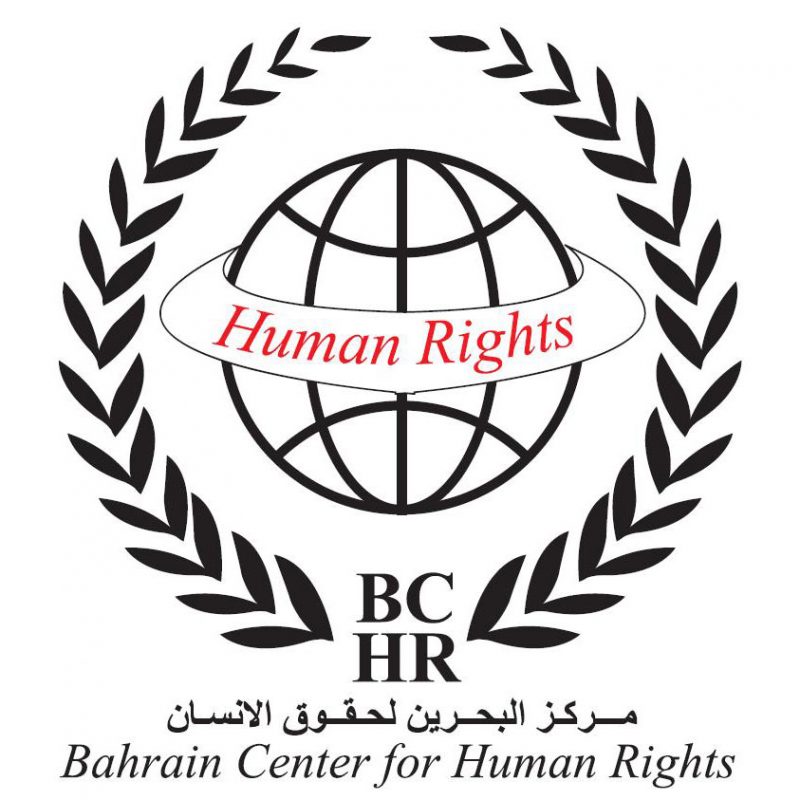How one American police chief exported his repressive tactics to the Middle East.
Last week, John Timoney — the former New York Police Department chief who went on to lead the police forces of Philadelphia and Miami — died at the age of sixty-eight.
For a cop who spent decades in the limelight, the obituaries have been glowing. The New York Times described Timoney as an officer who “had the gall to change minds, one police department at a time.” Another Times obituary cited his working-class roots and degrees in history and urban planning, celebrating that the police chief “plotted innovative strategies that helped reverse years of skyrocketing crime.” According to the New Yorker, “John Timoney was a good cop. No small thing in America, in 2016.”
But for critics of militarized policing in the United States, Timoney is best remembered for pioneering the use of overwhelming force against demonstrators.
At the 2000 Republican National Convention in Philadelphia — and again at the Free Trade Area of the Americas summit in Miami — Timoney deployed a suite of crowd suppression methods that came to be known as the “Miami model”: mass arrests followed by mass acquittals; the criminalization of peaceful assembly through the denial of protest permits and banning of everyday objects; the sequestration of “embedded” reporters; the recruitment of “infiltrators” in activist groups; and the unrestrained use of tear gas, rubber bullets, and other “less lethal” weaponry.
Also unmentioned by the Times, NPR, the Miami Herald, and nearly every other outlet was a seemingly discordant line on Timoney’s resume: consultant to the Ministry of the Interior, Bahrain, 2011–13.
But the Bahrain connection is not as surprising, nor as tangential, as it may first appear.
Continue reading here.

